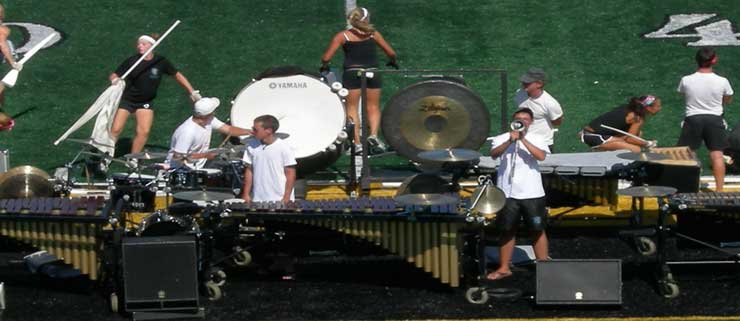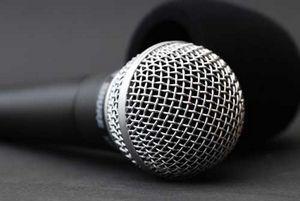.jpg) So far in this series we have talked about the importance of good quality microphones, mixers, and recording hardware. The one item in the recording chain that most people overlook, however, is the cables that patch it all together... {mosimage}So far in this series we have talked about the importance of good quality microphones, mixers, and recording hardware. The one item in the recording chain that most people overlook, however, is the cables that patch it all together. Microphone cables come in many different sizes and weights, and bigger is not necessarily better. In order to make the best choice for your particular application, you need to know a little bit about how they are made.
So far in this series we have talked about the importance of good quality microphones, mixers, and recording hardware. The one item in the recording chain that most people overlook, however, is the cables that patch it all together... {mosimage}So far in this series we have talked about the importance of good quality microphones, mixers, and recording hardware. The one item in the recording chain that most people overlook, however, is the cables that patch it all together. Microphone cables come in many different sizes and weights, and bigger is not necessarily better. In order to make the best choice for your particular application, you need to know a little bit about how they are made. All microphone cables consist of a conductive wire surrounded by some type of insulating material. For most school and consumer recording applications we will use a two wire cable terminated with what are known as XLR connectors. XLR connectors have three prongs. Two of these prongs connect to wires that carry the audio to the mixer or recording device. The third prong is connected to a wire mesh sheathing that insulates the cable against radio frequency interference (RF). RF interference can in some cases seriously degrade the quality of the audio passing through the cable, especially if the cable is very long or the RF sheathing is very poor. To make a simple analogy, without this sheathing, an audio cable is little more than a long antenna. Antennas absorb radio waves and transmit them along their length to a receiver. What you want in your audio setup is a cable, NOT an antenna.
The longer the cable's length the more important it is to have a good quality, shielded cable. For extremely long runs of cable do not scrimp on the quality of this shielding. If you see a hundred foot long cable for an incredibly low price you can pretty much bet that the sheathing is very thin. Using long, thin, unshielded wires will result in added noise in your recordings. You may even suddenly start picking up local radio stations over the wire if conditions are just right!
Another way to avoid RF interference over audio cables is to simply use the shortest length of cable needed for the application. The act of coiling unused cable and laying in a neat pile next to a live microphone should be avoided. By coiling the unused wire you are creating what amounts to an A.M. radio loop antenna! Straighten out long runs of cable and only use the minimum length necessary to cover the distance from the source to your recording equipment.
Another type of commonly used cable connection is the ¼ inch phono plug. These are the standard jacks found on electric guitars and on speakers. You can tell if these cables are shielded by looking at the tip of the connector. If you see one black line it is an unshielded cable. If you see two black lines then the cable is shielded.







 Scroll down to view the comparison chart of over a dozen different portable digital audio recorders.
Scroll down to view the comparison chart of over a dozen different portable digital audio recorders.